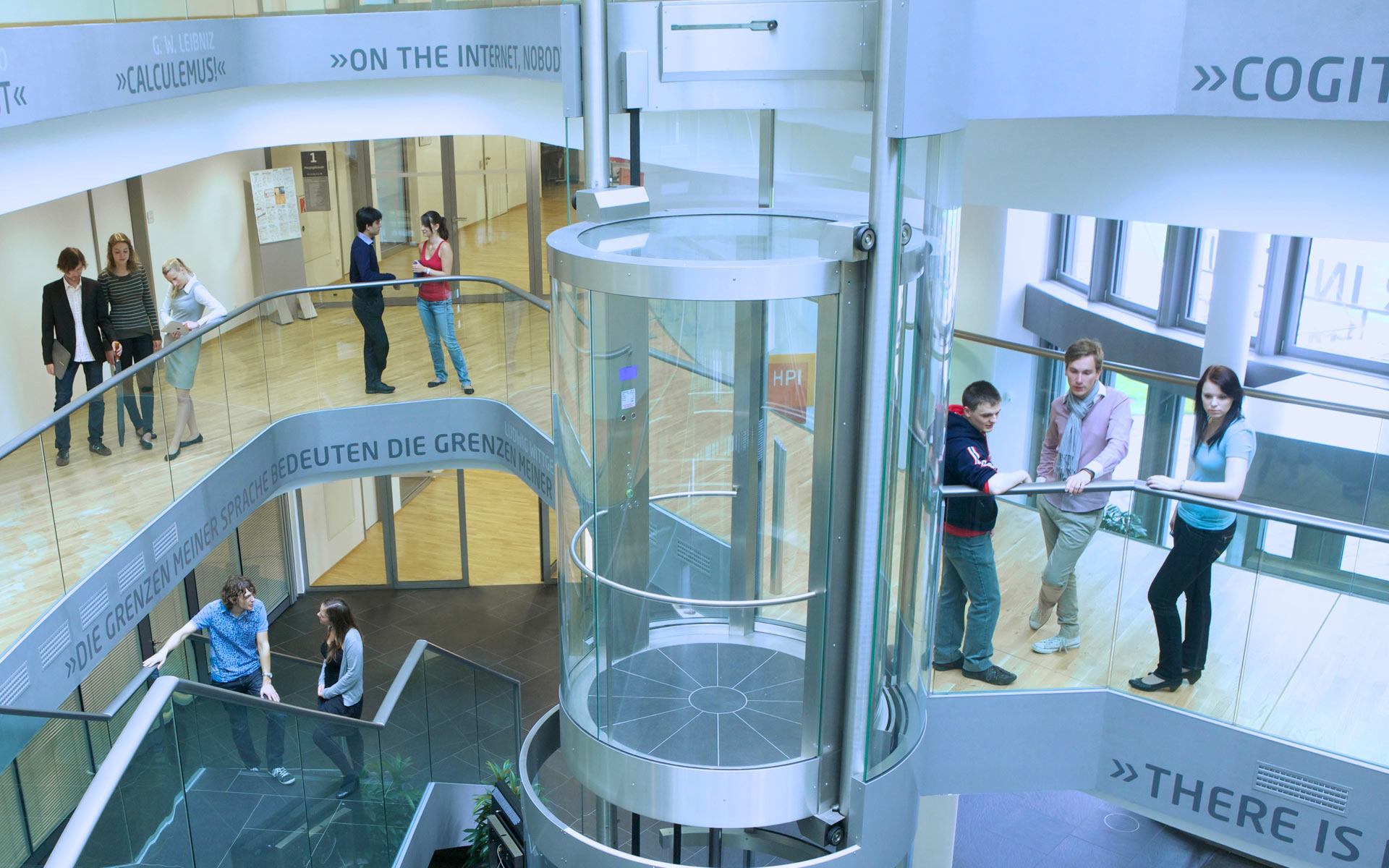Springer LNCS
{ "authors" : [{ "lastname":"Lastname" , "initial":"F" , "url":"http://www.example.com" , "mail":"example(at)example.com" }, { "lastname":"Plattner" , "initial":"H" , "url":"https://hpi.de/plattner/people/prof-dr-hc-hasso-plattner.html" , "mail":"Hasso.Plattner@hpi.de" }, { "lastname":"Meinel" , "initial":"C" , "url":"https://hpi.de/meinel/lehrstuhl/prof-dr-ch-meinel.html" , "mail":"Christoph.Meinel@hpi.de" }, { "lastname":"Cheng" , "initial":"F" , "url":"https://hpi.de/cheng/" , "mail":"cheng@hpi.de" }, { "lastname":"Mühle" , "initial":"A" , "url":"https://hpi.de/meinel/lehrstuhl/team/current-phd-students/alexander-muehle.html" , "mail":"alexander.muehle@hpi.de" }, { "lastname":"Alhosseini" , "initial":"A" , "url":"https://hpi.de/meinel/lehrstuhl/team/current-phd-students/ali-alhosseini.html" , "mail":"seyedali.alhosseini@hpi.de" }, { "lastname":"Najafi" , "initial":"P" , "url":"https://hpi.de/meinel/lehrstuhl/team/current-phd-students/pejman-najafi.html" , "mail":"pejman.najafi@hpi.de" }, { "lastname":"Sukmana" , "initial":"M" , "url":"https://hpi.de/meinel/lehrstuhl/team/current-phd-students/muhammad-ihsan-haikal-sukmana.html" , "mail":"muhammad.sukmana@hpi.de" }, { "lastname":"Grüner" , "initial":"A" , "url":"https://hpi.de/meinel/lehrstuhl/team-fotos/current-phd-students/andreas-gruener.html" , "mail":"andreas.gruener@hpi.de" }, { "lastname":"Graupner" , "initial":"H" , "url":"https://hpi.de/meinel/lehrstuhl/team-fotos/current-phd-students/hendrik-graupner.html" , "mail":"Hendrik.Graupner @hpi.de" }, { "lastname":"Pelchen" , "initial":"C" , "url":"https://hpi.de/meinel/lehrstuhl/team-fotos/current-phd-students/chris-pelchen.html" , "mail":"chris.pelchen@hpi.de" }, { "lastname":"Klieme" , "initial":"E" , "url":"https://hpi.de/meinel/lehrstuhl/team/current-phd-students/eric-klieme.html" , "mail":"eric.klieme@hpi.de" }, { "lastname":"Köhler" , "initial":"D" , "url":"https://hpi.de/meinel/lehrstuhl/team/current-phd-students/daniel-koehler.html" , "mail":"daniel.koehler@hpi.de" }, { "lastname":"Kayem" , "initial":"A" , "url":"https://hpi.de/meinel/lehrstuhl/team-fotos/senior-researcher/dr-anne-kayem-phd.html" , "mail":"anne.kayem@hpi.de" }, { "lastname":"Podlesny" , "initial":"N" , "url":"https://dblp.org/pid/204/6414.html" , "mail":"Nikolai.Podlesny@hpi.de" }, { "lastname":"Yang" , "initial":"H" , "url":"https://hpi.de/meinel/lehrstuhl/team-fotos/senior-researcher/haojin-yang.html" , "mail":"haojin.yang@hpi.de" }, { "lastname":"Mordido" , "initial":"G" , "url":"https://hpi.de/meinel/lehrstuhl/team-fotos/current-phd-students/goncalo-mordido.html" , "mail":"goncalo.mordido@hpi.de" }, { "lastname":"Bartz" , "initial":"C" , "url":"https://hpi.de/meinel/lehrstuhl/team-fotos/current-phd-students/christian-bartz.html" , "mail":"Christian.Bartz@hpi.de" }, { "lastname":"Bethge" , "initial":"J" , "url":"https://hpi.de/meinel/lehrstuhl/team-fotos/current-phd-students/joseph-bethge.html" , "mail":"joseph.bethge@hpi.de" }, { "lastname":"Hentschel" , "initial":"C" , "url":"https://hpi.de/meinel/lehrstuhl/team/current-phd-students/christian-hentschel.html" , "mail":"christian.hentschel@hpi.de" }, { "lastname":"Renz" , "initial":"J" , "url":"https://hpi.de/meinel/lehrstuhl/team/postdocs/jan-renz.html" , "mail":"Jan.Renz(at)hpi.de" }, { "lastname":"Staubitz" , "initial":"T" , "url":"https://hpi.de/meinel/lehrstuhl/team/postdocs/thomas-staubitz.html" , "mail":"Thomas.Staubitz(at)hpi.de" }, { "lastname":"Serth" , "initial":"S" , "url":"https://hpi.de/meinel/lehrstuhl/team/current-phd-students/sebastian-serth.html" , "mail":"Sebastian.Serth(at)hpi.de" }, { "lastname":"Bothe" , "initial":"M" , "url":"https://hpi.de/meinel/lehrstuhl/team-fotos/current-phd-students/max-bothe.html" , "mail":"Max.Bothe(at)hpi.de" }, { "lastname":"Rohloff" , "initial":"T" , "url":"https://hpi.de/meinel/lehrstuhl/team/current-phd-students/tobias-rohloff.html" , "mail":"Tobias.Rohloff(at)hpi.de" }, { "lastname":"Hagedorn" , "initial":"C" , "url":"https://hpi.de/meinel/lehrstuhl/team/current-phd-students/christiane-hagedorn.html" , "mail":"Christiane.Hagedorn(at)hpi.de" }, { "lastname":"Haarmann" , "initial":"S" , "url":"https://bpt.hpi.uni-potsdam.de/Public/StephanHaarmann" , "mail":"Stephan.Haarmann@hpi.de" }, { "lastname":"Faber" , "initial":"L" , "url":"https://disco.ethz.ch/members/lfaber" , "mail":"lfaber@ethz.ch" }, { "lastname":"Uflacker" , "initial":"M" , "url":"https://hpi.de/plattner/people/dr-matthias-uflacker.html" , "mail":"Matthias.Uflacker@hpi.de" }, { "lastname":"Teusner" , "initial":"R" , "url":"https://hpi.de/plattner/people/phd-students/ralf-teusner.html" , "mail":"Ralf.Teusner@hpi.de" }, { "lastname":"Schlosser" , "initial":"R" , "url":"https://hpi.de/plattner/people/postdocs/dr-rainer-schlosser.html" , "mail":"Rainer.Schlosser@hpi.de" }, { "lastname":"Boissier" , "initial":"M" , "url":"https://hpi.de/plattner/people/phd-students/martin-boissier.html" , "mail":"Martin.Boissier@hpi.de" }]}

